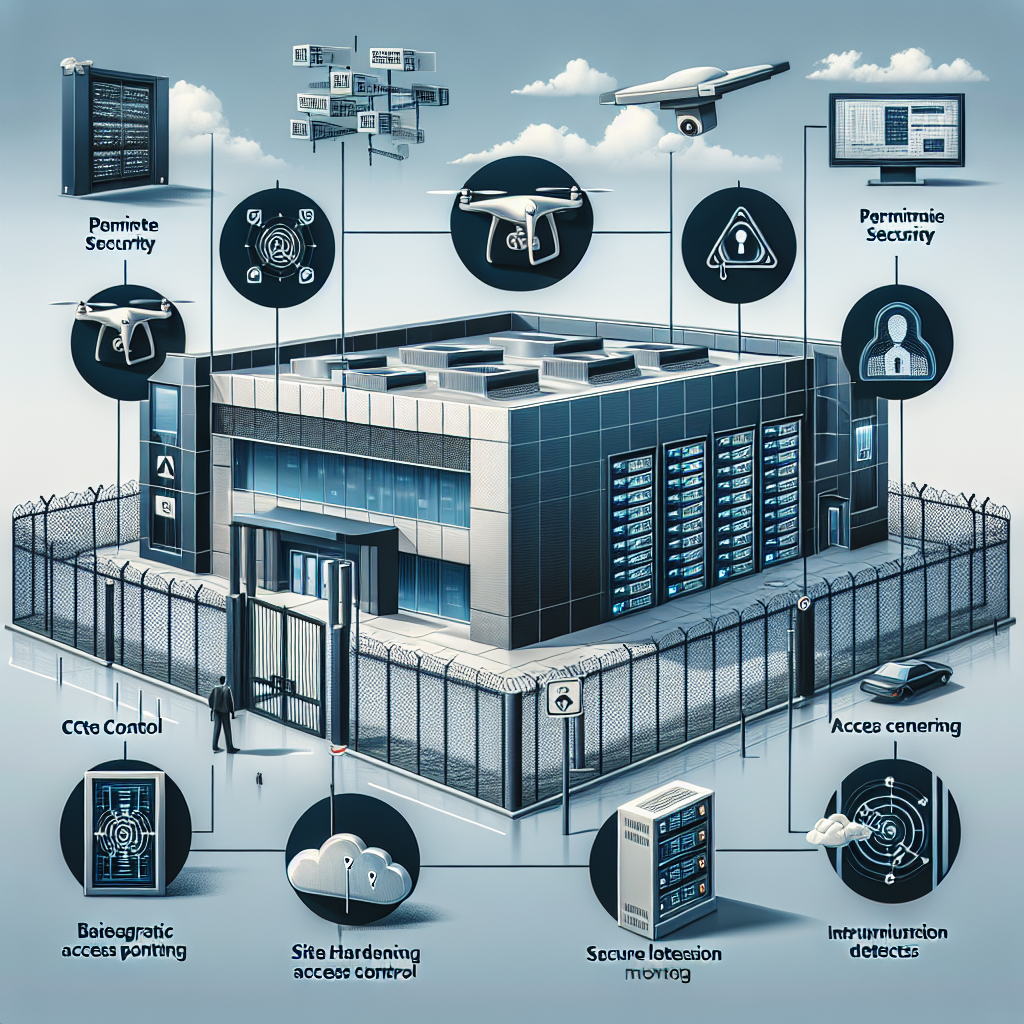Your cart is currently empty!
Tag: Measures
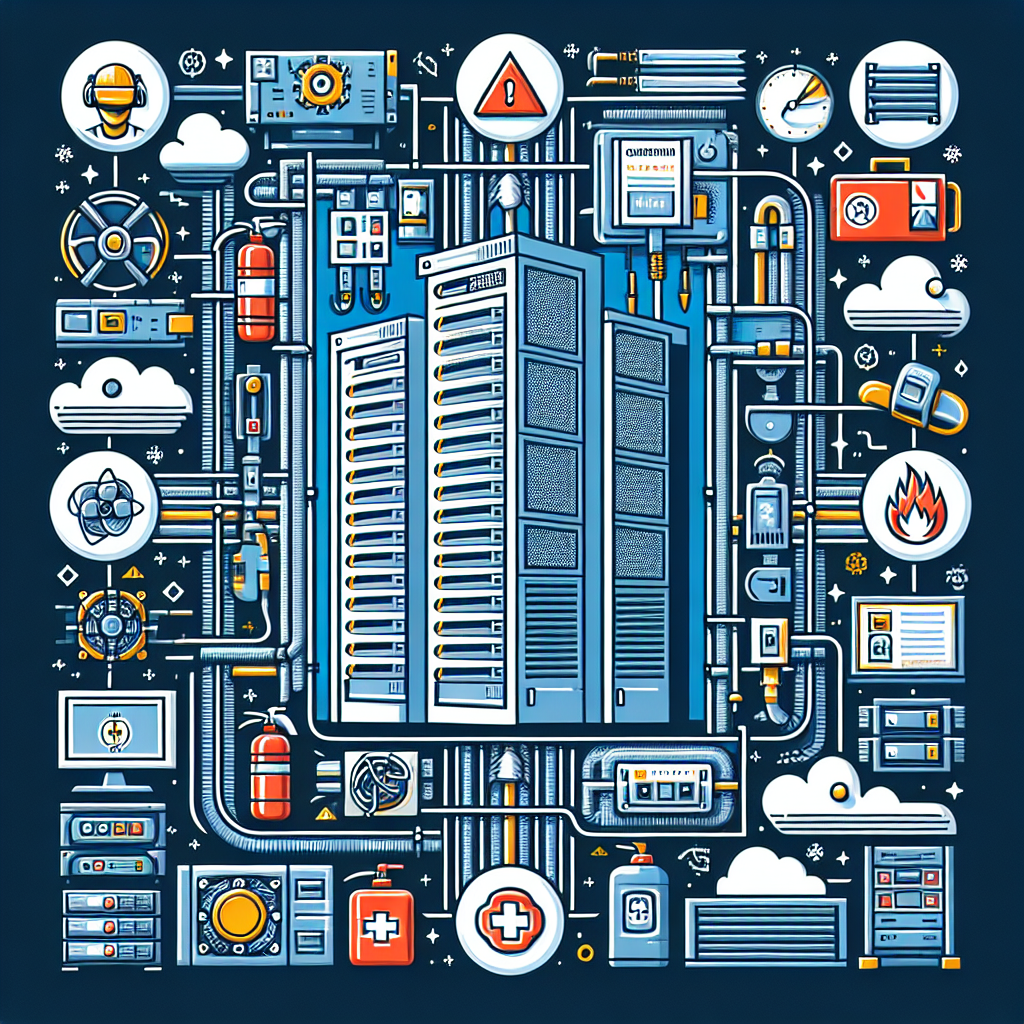
Safety First: A Guide to Implementing Effective Safety Measures in Your Data Center
In today’s digital age, data centers play a critical role in storing, managing, and processing vast amounts of information. With the increasing reliance on technology, it is more important than ever to ensure that data centers are equipped with effective safety measures to protect both the data and the people working in these facilities.Implementing effective safety measures in a data center is crucial to prevent accidents, minimize downtime, and protect valuable equipment. Here are some key steps to consider when implementing safety measures in your data center:
1. Conduct a thorough risk assessment: Before implementing any safety measures, it is important to conduct a comprehensive risk assessment to identify potential hazards and vulnerabilities in the data center. This assessment should include an evaluation of electrical systems, cooling systems, fire suppression systems, and physical security measures.
2. Develop a robust safety plan: Based on the findings of the risk assessment, develop a detailed safety plan that outlines specific safety measures to be implemented in the data center. This plan should include procedures for handling emergencies, such as fires or power outages, as well as protocols for regular maintenance and inspections of critical systems.
3. Ensure proper training and education: It is essential to provide employees working in the data center with the necessary training and education on safety protocols and procedures. This includes training on how to properly handle equipment, respond to emergencies, and identify potential hazards in the data center.
4. Implement physical security measures: Data centers are high-value targets for cyberattacks and physical intrusions. Implementing physical security measures, such as access control systems, surveillance cameras, and biometric authentication, can help deter unauthorized access and protect sensitive data.
5. Regularly test and maintain safety systems: To ensure the effectiveness of safety measures in the data center, it is important to regularly test and maintain critical safety systems, such as fire suppression systems, cooling systems, and backup power generators. Regular maintenance and testing can help identify and address any issues before they escalate into emergencies.
6. Stay informed about industry best practices: As technology evolves, so do best practices for data center safety. Stay informed about industry trends and best practices for data center safety to ensure that your facility is up to date with the latest safety standards.
By implementing effective safety measures in your data center, you can protect valuable data, prevent accidents, and ensure the safety of employees working in the facility. With a comprehensive safety plan, regular training, and proactive maintenance, you can create a secure and reliable environment for your data center operations. Remember, safety should always come first in any data center environment.

Proactive Measures: Implementing a Data Center Preventative Maintenance Plan
Data centers play a crucial role in today’s digital world, serving as the backbone for organizations to store, process, and distribute data. With the increasing reliance on data centers, it is essential for organizations to implement a preventative maintenance plan to ensure the smooth and uninterrupted operation of their data centers.Proactive measures are key in preventing downtime and ensuring the efficient functioning of a data center. By implementing a preventative maintenance plan, organizations can identify and address potential issues before they escalate into major problems that could disrupt operations and result in costly downtime.
One of the first steps in implementing a preventative maintenance plan is to conduct a thorough assessment of the data center infrastructure. This includes identifying critical components such as servers, cooling systems, power distribution units, and security systems. By understanding the layout and functionality of the data center, organizations can develop a comprehensive maintenance plan tailored to the specific needs of their facility.
Regular inspections and maintenance checks are essential to keep data center equipment running smoothly. This includes testing cooling systems to ensure they are operating at optimal levels, checking power distribution units for any signs of wear or damage, and inspecting server racks for dust buildup or loose connections. By proactively addressing these issues, organizations can prevent equipment failures and minimize the risk of downtime.
In addition to regular maintenance checks, organizations should also establish a schedule for equipment upgrades and replacements. As technology continues to evolve, older equipment may become outdated and less reliable. By proactively replacing aging equipment with newer, more efficient models, organizations can improve the overall performance and reliability of their data center.
Data center security is another critical aspect of a preventative maintenance plan. Organizations should regularly review and update security protocols to protect against cyber threats and unauthorized access. This includes implementing firewalls, encryption, and access control measures to safeguard sensitive data and prevent security breaches.
Regular training and education for data center staff is also essential in maintaining the integrity of the facility. By providing ongoing training on best practices for data center maintenance and security, organizations can ensure that their staff are equipped to handle any potential issues that may arise.
In conclusion, implementing a preventative maintenance plan is essential for organizations to ensure the smooth and efficient operation of their data centers. By proactively addressing potential issues, conducting regular maintenance checks, and staying up to date on security protocols, organizations can minimize the risk of downtime and maximize the reliability of their data center infrastructure. By taking proactive measures, organizations can protect their critical data and maintain the trust of their customers and stakeholders.

Proactive Measures: How Data Center Servicing Can Prevent Downtime
In today’s digital age, data centers play a crucial role in the smooth operation of businesses and organizations. These facilities house the critical infrastructure that stores, processes, and distributes data to support various operations. However, data centers are not immune to downtime, which can have severe consequences for businesses, including financial losses and damage to their reputation.To prevent downtime and ensure the continuous operation of data centers, proactive measures must be taken. One of the most effective ways to prevent downtime is through regular servicing and maintenance of data center equipment and infrastructure.
Data center servicing involves the regular inspection, cleaning, and maintenance of hardware, software, and networking components to ensure optimal performance and reliability. By conducting routine servicing, data center operators can identify potential issues before they escalate into major problems that can cause downtime.
Regular servicing also helps to extend the lifespan of data center equipment and reduce the risk of hardware failure. This is crucial for maintaining the integrity and security of data stored in the facility. Additionally, servicing can help to identify and address any performance bottlenecks or inefficiencies that may be hindering the data center’s operations.
Furthermore, data center servicing can help to ensure that the facility is in compliance with industry regulations and standards. This is essential for data centers that store sensitive or confidential information, as non-compliance can result in legal consequences and reputational damage.
In addition to regular servicing, data center operators should also implement monitoring and alerting systems to detect and respond to potential issues in real-time. These systems can provide valuable insights into the performance and health of data center equipment, allowing operators to take proactive measures to prevent downtime.
Overall, data center servicing is a critical component of maintaining the reliability and efficiency of data center operations. By implementing proactive measures such as regular servicing, monitoring, and alerting, data center operators can minimize the risk of downtime and ensure the continuous operation of their facilities. This not only enhances the productivity and effectiveness of businesses and organizations but also helps to safeguard their valuable data and assets.
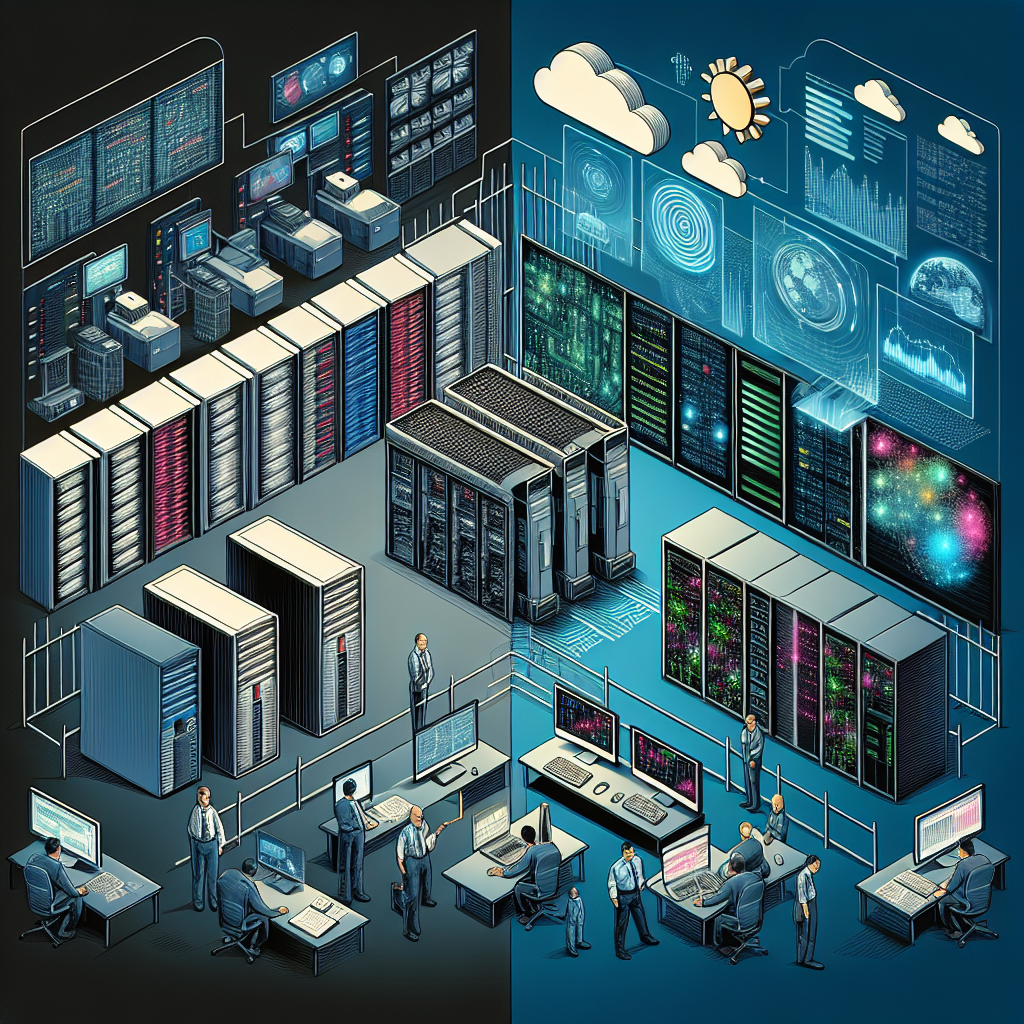
The Evolution of Data Center Security Systems: From Physical to Cybersecurity Measures
Data centers have come a long way in terms of security measures over the years. From physical security measures such as guards and surveillance cameras to more advanced cybersecurity measures, the evolution of data center security systems has been driven by the increasing importance of protecting sensitive information from cyber threats.In the early days of data centers, physical security measures were the primary way to protect the valuable information stored within. Guards were stationed at entrances and exits, surveillance cameras monitored activity within the facility, and access control systems restricted entry to authorized personnel only. While these measures were effective in preventing physical breaches, they were not enough to protect against cyber threats.
As technology advanced and data centers began to store more and more sensitive information, cybersecurity measures became a vital component of data center security systems. Firewalls, encryption, intrusion detection systems, and antivirus software were implemented to protect against cyber attacks such as malware, phishing, and ransomware. These measures helped to secure data and prevent unauthorized access from cybercriminals.
With the rise of cloud computing and the increasing amount of data being stored in data centers, the need for more sophisticated cybersecurity measures has become even more critical. Advanced technologies such as artificial intelligence and machine learning are now being used to detect and respond to cyber threats in real-time. Data center operators are also investing in security training for their employees to ensure that they are aware of the latest cybersecurity threats and best practices.
In addition to cybersecurity measures, physical security measures are still important in data center security systems. Access control systems, surveillance cameras, and biometric scanners are used to monitor and control access to the facility. Data centers also implement redundancy measures such as backup power supplies and cooling systems to ensure that operations can continue in the event of a physical security breach or natural disaster.
Overall, the evolution of data center security systems from physical to cybersecurity measures has been driven by the increasing sophistication of cyber threats and the need to protect sensitive information. By implementing a combination of physical and cybersecurity measures, data center operators can ensure that their facilities are secure from both physical and cyber threats, providing peace of mind to their clients and customers.
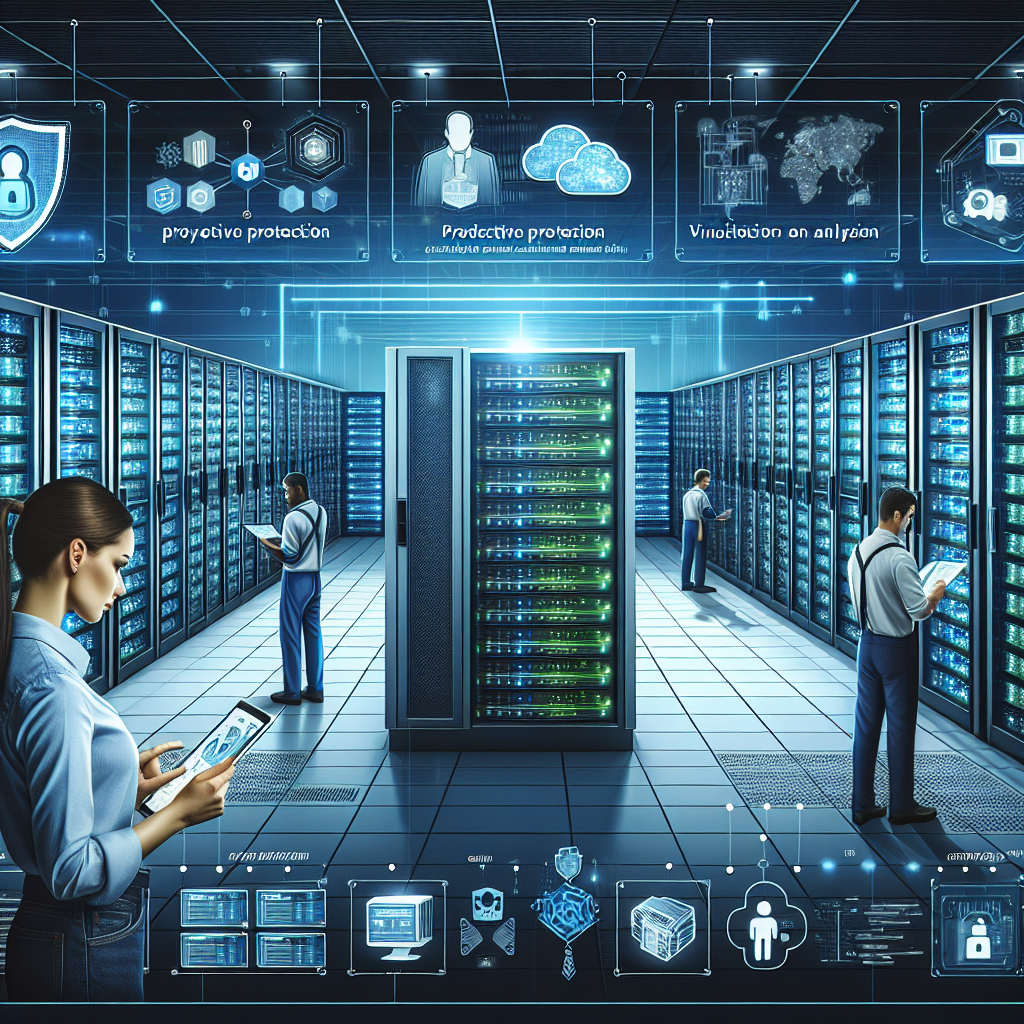
Proactive Protection: How Data Center Predictive Maintenance is Redefining Security Measures
In today’s fast-paced digital world, data centers play a crucial role in storing and processing vast amounts of information. With cyber threats on the rise, it is essential for businesses to implement proactive security measures to safeguard their data and operations. One such measure that is gaining traction is data center predictive maintenance.Data center predictive maintenance involves using advanced analytics and machine learning algorithms to anticipate potential issues before they occur. By analyzing historical data and monitoring key performance indicators, data center operators can identify patterns and anomalies that may indicate a future problem. This proactive approach allows for timely intervention and preventive measures to be implemented, reducing the risk of downtime and data loss.
One of the key benefits of data center predictive maintenance is its ability to enhance security measures. By continuously monitoring the health and performance of critical infrastructure components, such as servers, storage devices, and networking equipment, potential vulnerabilities can be identified and addressed proactively. This not only helps in preventing cyber attacks and data breaches but also ensures the overall reliability and availability of the data center.
In addition to improving security, data center predictive maintenance can also lead to cost savings and operational efficiencies. By identifying and resolving issues before they escalate, businesses can avoid costly downtime and repairs. This proactive approach also enables better resource allocation and planning, as operators can prioritize maintenance tasks based on their criticality and potential impact on operations.
Furthermore, data center predictive maintenance can help in optimizing energy efficiency and reducing environmental impact. By monitoring and analyzing power consumption and cooling systems, operators can identify opportunities for optimization and energy savings. This not only reduces operational costs but also contributes to sustainability goals and environmental stewardship.
Overall, data center predictive maintenance is redefining security measures by shifting the focus from reactive to proactive strategies. By leveraging advanced analytics and automation technologies, businesses can enhance the resilience and reliability of their data centers, while also improving cost efficiency and sustainability. As cyber threats continue to evolve, proactive protection measures such as predictive maintenance are becoming increasingly essential for safeguarding critical data and operations in today’s digital age.
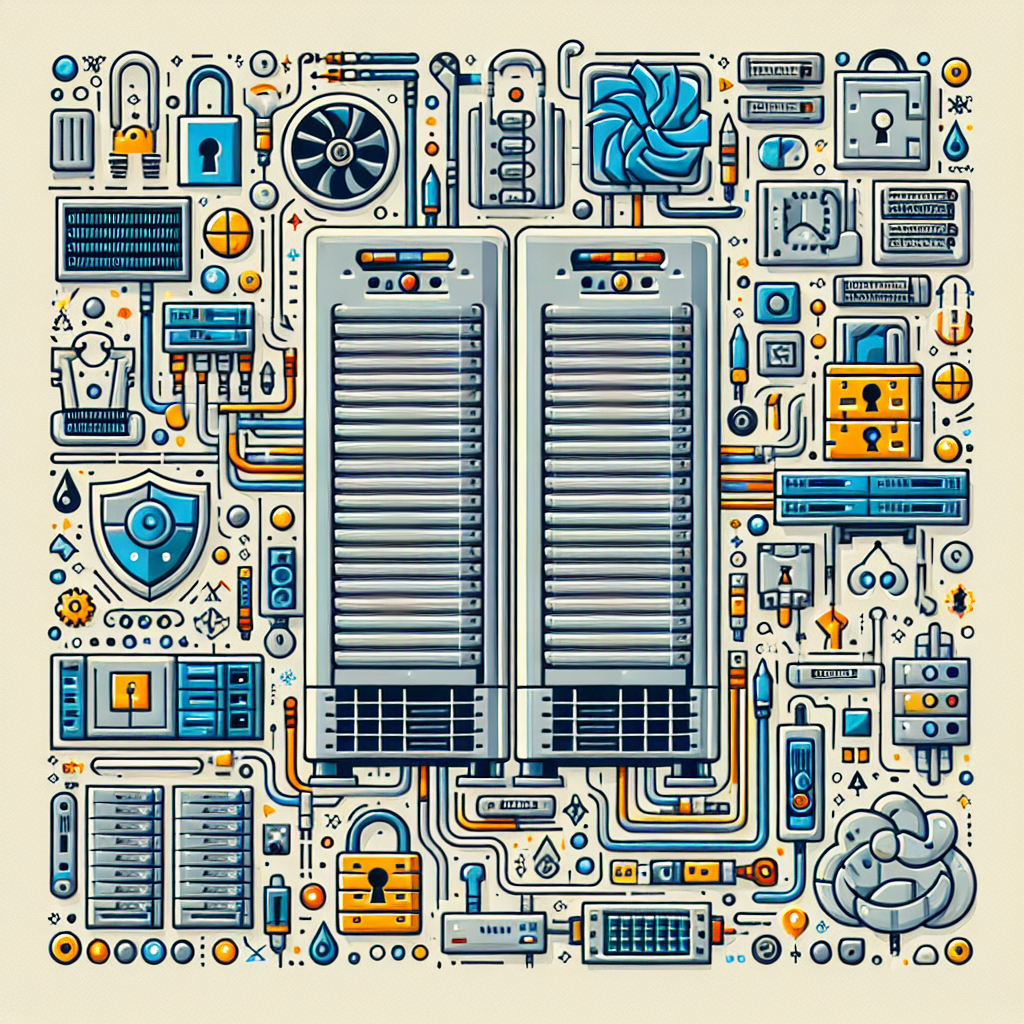
From Cooling Systems to Security Measures: A Comprehensive Look at Data Center Maintenance
Data centers are crucial for the functioning of businesses and organizations in today’s digital age. These facilities house the servers, networking equipment, and storage systems that store and process data for various applications and services. With so much riding on the smooth operation of data centers, it is essential to have a robust maintenance plan in place to ensure that everything runs smoothly.One of the key aspects of data center maintenance is the cooling system. Data centers generate a significant amount of heat due to the constant operation of servers and other equipment. Without proper cooling systems in place, the heat can quickly build up and cause equipment to overheat, leading to downtime and potential damage. Regular maintenance of cooling systems, such as checking for leaks, cleaning filters, and ensuring proper airflow, is essential to prevent overheating and keep the data center running smoothly.
In addition to cooling systems, security measures are also a critical component of data center maintenance. Data centers store sensitive and valuable information, making them a prime target for cyberattacks and physical breaches. It is essential to have robust security measures in place, such as firewalls, access controls, surveillance cameras, and biometric scanners, to protect the data center from unauthorized access and potential security threats. Regular maintenance of security systems, such as updating software, testing alarms, and conducting security audits, is essential to ensure the data center remains secure at all times.
Aside from cooling systems and security measures, there are several other aspects of data center maintenance that are essential for optimal performance. Regular equipment inspections, testing of backup systems, and monitoring of power and electrical systems are all crucial tasks that must be performed regularly to prevent downtime and ensure the smooth operation of the data center.
Overall, data center maintenance is a comprehensive process that involves monitoring and maintaining various systems and equipment to ensure the smooth operation of the facility. By implementing a robust maintenance plan that covers cooling systems, security measures, and other critical aspects of data center maintenance, businesses and organizations can minimize downtime, protect sensitive data, and ensure the reliable operation of their data center infrastructure.
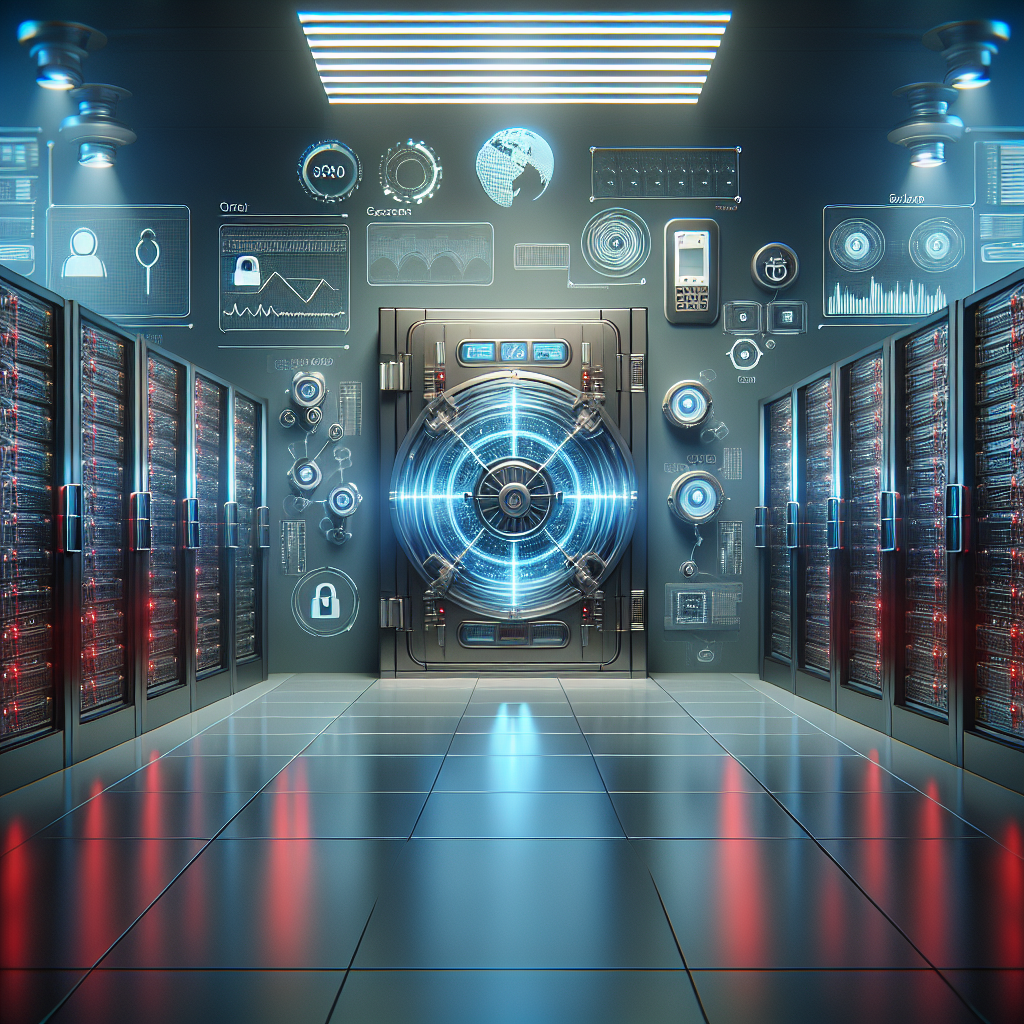
Security Measures for Protecting Data Center Databases
Data centers are essential for storing and managing vast amounts of critical information for businesses and organizations. With the increasing threat of cyber-attacks and data breaches, it is imperative to implement robust security measures to protect databases within data centers. Here are some key security measures to consider:1. Access Control: Limiting access to the data center and databases is crucial in preventing unauthorized users from gaining entry. Implementing strong authentication methods such as biometric scans, multi-factor authentication, and access control lists can help ensure that only authorized personnel can access sensitive data.
2. Encryption: Data encryption is essential for protecting data at rest and in transit. By encrypting data stored in databases, even if a breach occurs, the information will be unreadable to unauthorized users. Implementing encryption protocols such as AES (Advanced Encryption Standard) can help safeguard sensitive data.
3. Regular Security Audits: Conducting regular security audits and assessments can help identify vulnerabilities in the data center’s infrastructure and databases. By regularly monitoring and evaluating security measures, organizations can proactively address any potential security risks and strengthen their defenses against cyber threats.
4. Firewalls and Intrusion Detection Systems: Deploying firewalls and intrusion detection systems can help monitor and filter incoming and outgoing network traffic to prevent unauthorized access and detect suspicious activities. By implementing these security measures, organizations can effectively block malicious traffic and prevent cyber-attacks from compromising database security.
5. Backup and Disaster Recovery: Implementing regular data backups and disaster recovery plans is essential for ensuring data availability and integrity in the event of a security breach or system failure. By regularly backing up data and having a comprehensive disaster recovery plan in place, organizations can minimize data loss and quickly restore operations in the event of a security incident.
6. Employee Training and Awareness: Educating employees about data security best practices and raising awareness about the importance of safeguarding sensitive information can help prevent insider threats and human errors that can compromise database security. Conducting regular security training sessions and enforcing strict data security policies can help employees understand their role in protecting data center databases.
In conclusion, implementing robust security measures is essential for protecting data center databases from cyber threats and data breaches. By implementing access controls, encryption, regular security audits, firewalls, intrusion detection systems, backup and disaster recovery plans, and employee training, organizations can strengthen their defenses and safeguard sensitive information stored in databases. Prioritizing data security is crucial for ensuring the confidentiality, integrity, and availability of critical data within data centers.
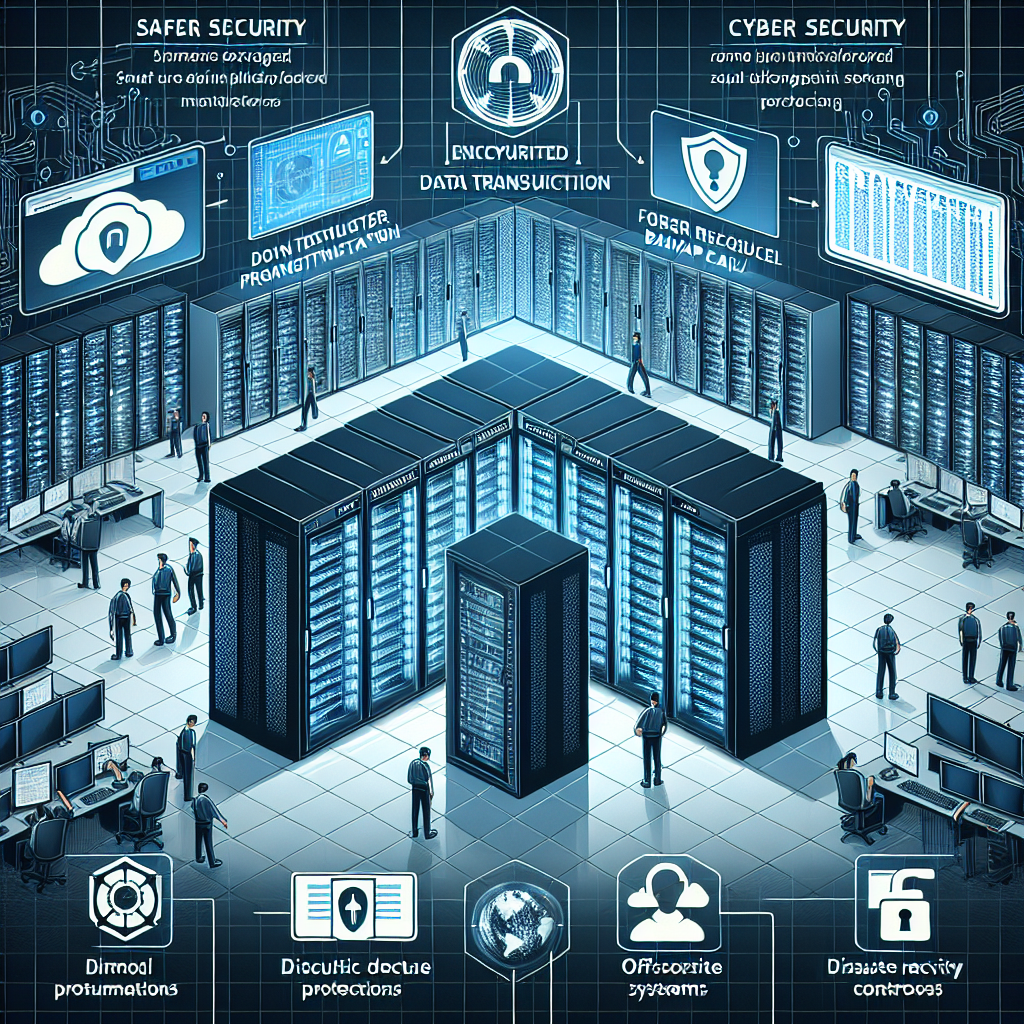
Protecting Your Data Center: Essential Safety Measures for Ensuring Business Continuity
Data centers are the heart of modern businesses, housing critical infrastructure and sensitive information that are essential for operations. With the increasing reliance on digital technologies, protecting your data center is more important than ever. Ensuring the safety and security of your data center is crucial for maintaining business continuity and preventing costly downtime. Here are some essential safety measures to consider for protecting your data center.1. Physical Security: One of the most important aspects of data center safety is physical security. Implementing access controls, surveillance cameras, and security guards can help prevent unauthorized access to your data center. Limiting access to only authorized personnel can reduce the risk of theft or tampering with sensitive equipment and data.
2. Fire Suppression Systems: Data centers are filled with valuable equipment that can be easily damaged by fire. Installing fire suppression systems, such as sprinklers or gas-based extinguishing systems, can help prevent fires from spreading and causing extensive damage. Regular testing and maintenance of these systems are essential to ensure they are functioning properly in case of an emergency.
3. Climate Control: Data centers house servers and other equipment that generate a significant amount of heat. Maintaining proper climate control is crucial for preventing equipment overheating and potential damage. Installing cooling systems, such as air conditioning units or precision cooling systems, can help regulate the temperature and humidity levels within the data center.
4. Backup Power Supply: Power outages can be a major threat to data center operations, leading to costly downtime and potential data loss. Implementing backup power supply systems, such as uninterruptible power supply (UPS) units or generators, can help ensure continuous operations in the event of a power failure. Regular testing of these systems is essential to ensure they are ready to kick in when needed.
5. Data Encryption: Data security is a top priority for data centers, as they house sensitive information that can be targeted by cybercriminals. Implementing data encryption measures can help protect data from unauthorized access or theft. Encrypting data both in transit and at rest can help ensure that sensitive information remains secure.
6. Regular Maintenance and Monitoring: Regular maintenance and monitoring of data center equipment are essential for identifying potential issues before they escalate into major problems. Implementing a proactive maintenance schedule and monitoring systems can help prevent equipment failures and ensure the smooth operation of the data center.
Protecting your data center is essential for ensuring business continuity and preventing costly downtime. By implementing these essential safety measures, you can safeguard your data center against physical threats, power outages, and cyber attacks. Investing in data center security is an investment in the future of your business and can help you maintain the trust of your customers and stakeholders.
